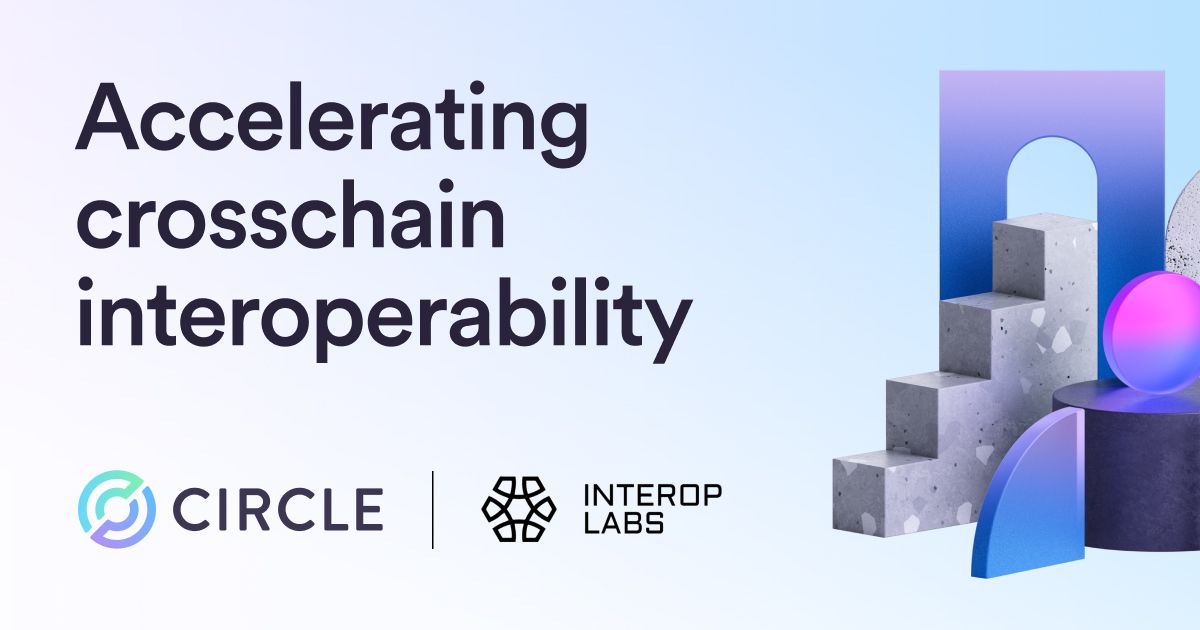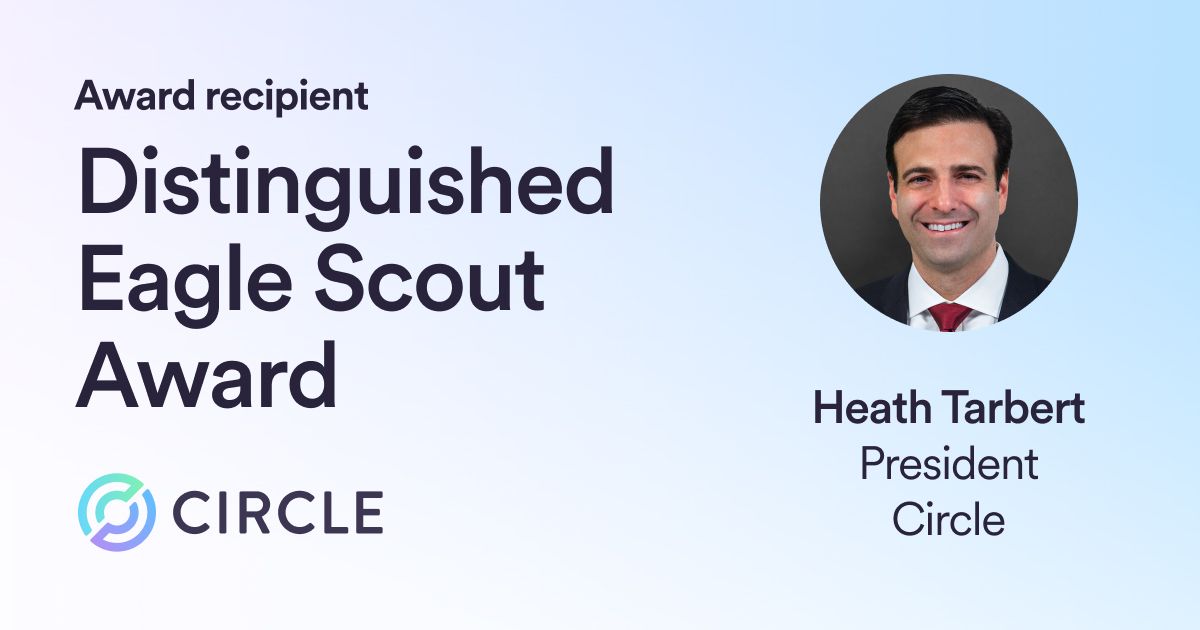Circle contributes to the White House blockchain and digital assets research agenda.

Payment stablecoins and digital assets offer immense technological potential, providing faster, cheaper, safer, and more accessible means of financial value exchange while ensuring that the digital economy is rooted in democratic principles that promote a safe and competitive marketplace. The United States has a unique opportunity to shape the development of a safer, more accessible, global digital economy. Circle applauds the leadership of the White House Office of Science and Technology Policy (OSTP) for establishing a groundbreaking, whole-of-government National Digital Assets Research and Development (R&D) Agenda to identify priorities for this important sector of the economy.
Circle welcomed the opportunity to respond to the White House request for public input to help shape this important initiative. This R&D agenda serves as an important first step towards harnessing the multidisciplinary benefits of cryptography and blockchain in a way that supports economic growth and development, protects consumers, fosters responsible innovation, and promotes American competitiveness.
As a global financial technology firm providing internet-native payments on open blockchains, Circle is focused on developing digital assets that solve real-world solutions, spur responsible innovation, and create a more open, accessible, and inclusive financial system. As a part of this effort, we recognize the distinct role that regulators and government play in establishing the policy priorities, safeguards, standards, and infrastructure to enhance the benefits and reach of the underlying digital assets technology for the benefit of all.
CIRCLE’S KEY RECOMMENDATIONS
Circle supports capitalizing on the technological potential of digital assets, in particular payment stablecoins, to ensure that the digital economy is rooted in democratic principles and a focus on U.S. competitiveness.
- Payment stablecoins simplify transactions by serving as both a financial instrument and parallel transaction details, reducing complexity and costs for a function currently performed by a combination of many systems and institutions. This reduces settlement and credit risk; is inherently traceable; and can facilitate real-time market information.
- Payment stablecoins and decentralized finance protocols have the proven ability to drastically reduce consumer payment costs, such as for remittances, by 80% — helping to enhance cross-border transfers and support a more inclusive payment landscape.
- Circle found that reductions in transaction costs for beneficiary institutions and charities using payment stablecoins could amount to between 1.92% and 2.70% per donation compared with a traditional payment processor.
- The near-instantaneous nature of payment stablecoins, combined with the ability to make payment versus payment transactions facilitated by distributed ledger technology, have the capability to eliminate settlement risk for foreign exchange transactions.
- Regulated USD-denominated and -backed stablecoins import robust compliance measures and the rule-of-law to the digital asset space, while ensuring that the United States maintains its competitive advantage in the digital economy.
Circle believes that rigorously examining the cross-functional benefits, potential limitations, and enabling technologies and standards of the digital asset ecosystem will make the industry safer, and lead to scientific discoveries that could benefit many different fields.
- Circle estimates that all USDC transfers on Ethereum in 2022 – more than 400 million transfers – were equivalent to running 400 refrigerators per year, costing 6.366 Watt-hours (Wh) of energy per transaction and comparable to the average 1-5 Wh per credit card transaction. USDC running on the Solana network required 0.9 Whs per transaction, consuming less energy than a single credit card transaction.
- Circle urges the OSTP to prioritize R&D of Zero-Knowledge Proofs, which help users to maintain compliance while shielding unrelated private information. Cryptographic protocols with selective auditing could also help regulators verify that specific transactions meet a set of conditions pertaining to financial crimes compliance without receiving information about all lawful transactions.
- To bolster U.S. national security, Circle suggests OSTP examine the design of novel, efficient, and effective post-quantum signature schemes, which aligns with existing whole-of-government initiatives to secure U.S. government systems against future quantum decryption.
Circle encourages the OSTP – and the broader Administration – to focus on three key areas to support development of the digital assets ecosystem:
- Ensure financial stability.
- Protect end users of digital asset technology.
- Position the United States as the global leader in the market.
Circle recommends:
- The passage of legislation to explicitly bring privately-issued dollar digital currencies into the U.S. regulatory perimeter would create an important supervisory framework that would import democratic values into the development of other novel technologies, products, and services.
- Authorities should prioritize research into identity management systems that protect the rights of end users with safeguards for citizens’ privacy and their use of open, secure, and transparent public blockchains.
- Robust oversight of novel and rapidly evolving technologies should include the active education and upskilling of regulators, consultation and collaboration with industry through regulatory sandbox efforts, rules to encourage fair market conduct, and public-private partnerships to educate the general public.
Circle’s full responses are available here.




